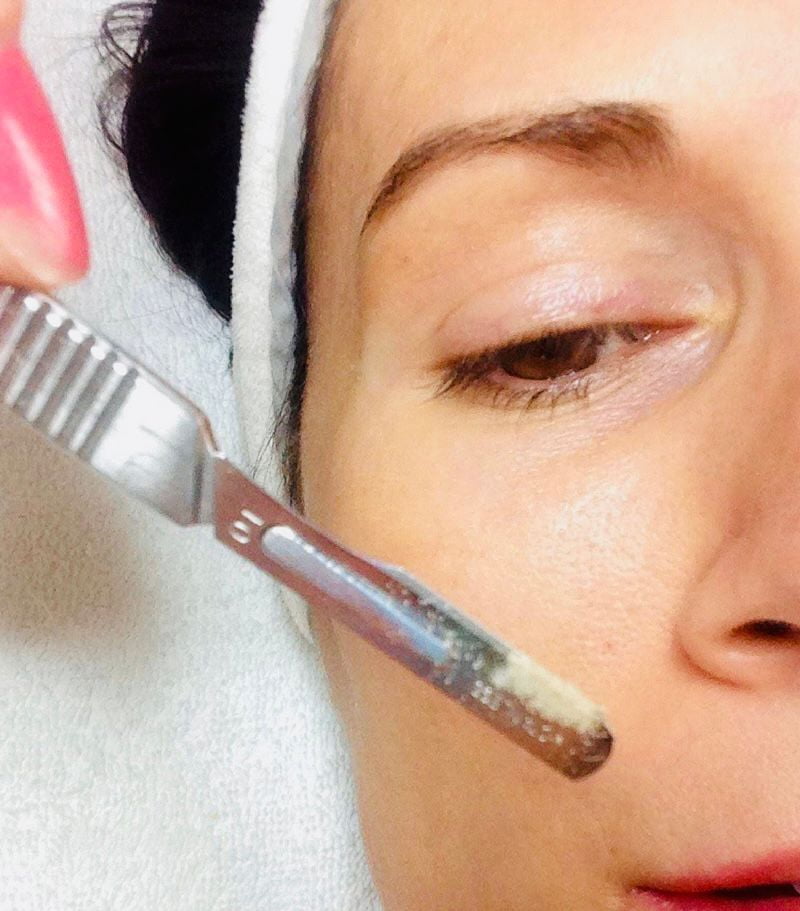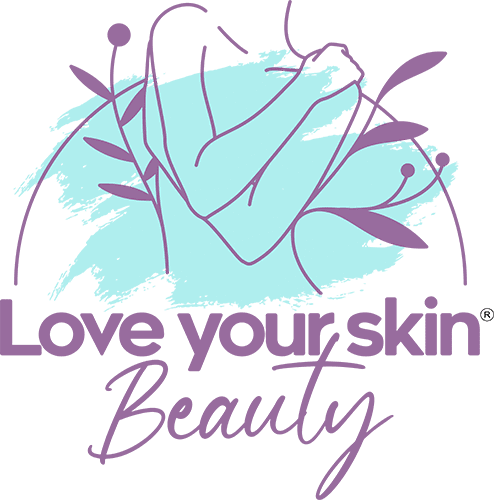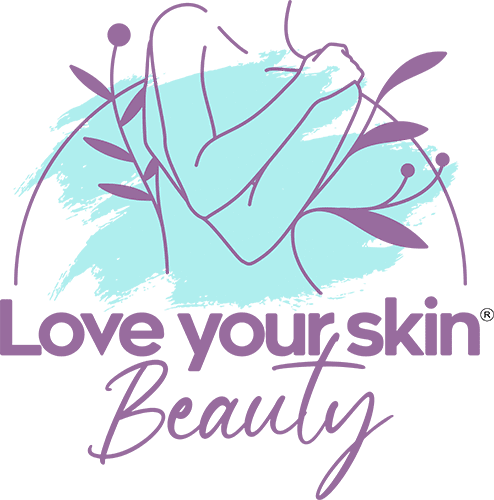Dermaplane Smoothing Facial

What is Dermaplaning?
The Dermaplaning procedure involves a surgical grade scalpel that is used to gently scrape the surface of the skin. This process removes dead skin cells from the outermost layers of skin, and most notably, the fine vellus hairs on the face.
These light vellus hairs are colloquially referred to as “peach fuzz.”
The removal of dead skin from the surface and pores is called exfoliation, and along with the removal of peach fuzz, perpetuates the coveted healthy glow that you desire. Like hair on other parts of the body, the color of vellus hair varies from person to person. It can appear colorless, blonde, grey, brown, or black – whatever the person’s natural hair color is. Everyone has vellus hair, as its biological function is to keep skin warm and provide a layer of protection against the sun.
However – also like the rest of the hair – some people may have thicker or more visible hair than others, and so it will require maintenance.
Dead skin cells on the other hand, are a natural byproduct of the skin. As the skin cells die, new ones are produced in their place; however, many dead cells remain on the face that can contribute to dullness, breakouts, wrinkles, and more. The buildup of these dead cells is called hyperkeratosis.
Limiting the amount of dead skin cells is an integral part of proper skin care, and should be included in every skin care regimen.

